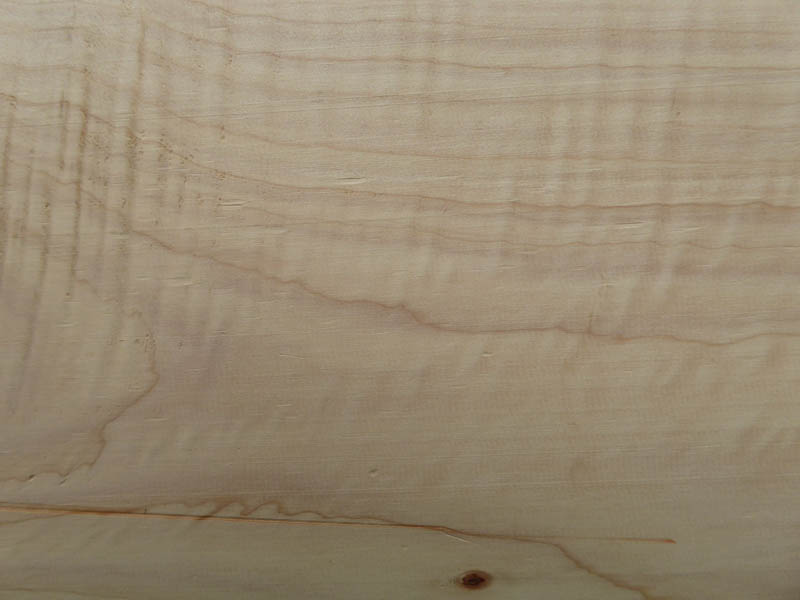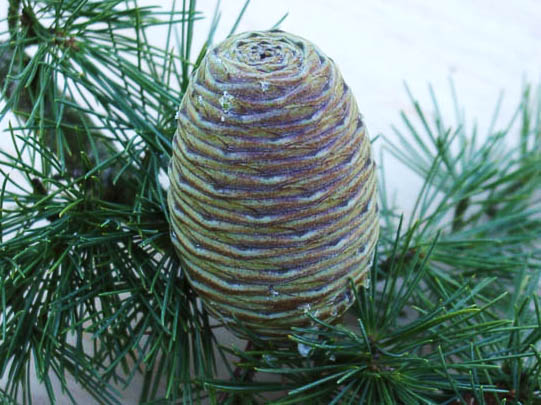Cedar-of-Lebanon (LCR)
This Mediterranean cedar has long been valued for its fine timber and impressive stature and has been used from antiquity. While natural stands are now very fragmented, it is increasingly planted in Turkey and in many trials elsewhere including in the UK where its performance is being assessed.
Earliest known introduction to Britain is 1638, and the original tree near Wantage is still thriving indicating long life and tolerance of conditions as do the numerous ornamental specimens in parks and gardens, many dating back to the 18th Century.
In the UK, cedar-of-Lebanon has the potential for wider use as the climate warms. It could become a valuable addition to the suite of species for lowland planting in southern Britain, particularly where soils are neutral to calcareous. Cedar-of -Lebanon is listed as Vulnerable by the IUCN.
Cedar-of-Lebanon is categorised as a plot-stage species. These are a group of species that have demonstrated some positive silvicultural characteristics at the Specimen-stage and are now subject to further testing and development in a limited number of trial plots.
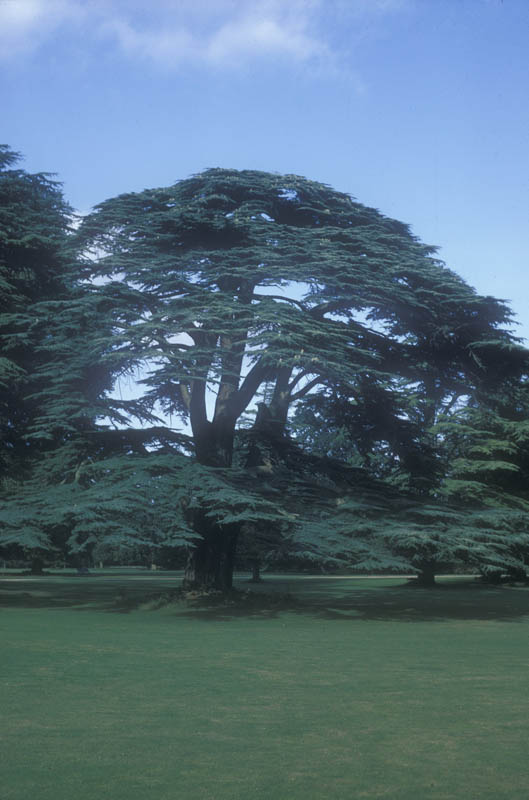
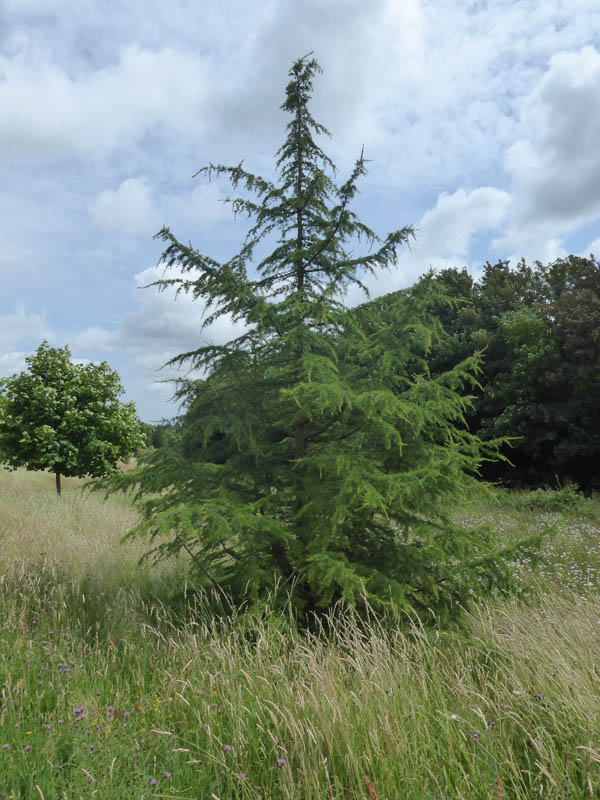

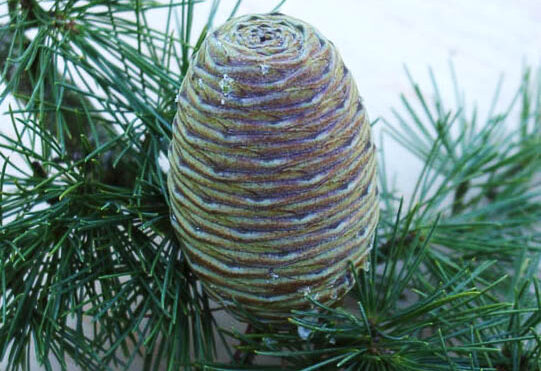
Range
Native to the Taurus mountains of southern Turkey, Syria, and Lebanon with a closely related species (C. brevifolia) in Cyprus.
Provenance Choice
There have been very few forest plots or provenance trials with this species in Britain although it has been grown as a fine specimen tree for over three centuries; seed sources from the natural range should be used.
Key Properties
Site Requirements
Cedar-of-Lebanon has not been widely planted in forests and it is assumed its site requirements are similar to Atlas cedar. Hence it appears hardy to at least -20 °C in Britain, but growth and survival is poor in high rainfall areas, so planting should be confined to warmer areas with <1500 mm rainfall. It grows best on soils of poor to medium nutrient status and of dry to fresh soil moisture. It is not suited to peats or other wet soils, but it will grow on alkaline soils. It is not suited to exposed conditions, but it appears tolerant to late frost. As a Mediterranean species it is unsuited to areas of high rainfall and is tolerant of periods of drought.
Further detail on the site requirements of cedar-of-Lebanon in current and future climates can be examined using the Forest Research Ecological Site Classification Decision Support System (ESC).
ECOLOGICAL SITE CLASSIFICATION TOOL
Silviculture
Cedar-of-Lebanon is a strong light demander. Growth is initially slow and good weed control is essential for establishment. Many open-grown specimen trees throughout Britain show it can attain large size (>25 m height, >100 cm DBH). Once established it can achieve a good growth rate, suggesting that in plantation the species should be kept well thinned and/or grown in mixture.
Pests and Pathogens
Apparently largely free of major pathogens, cedar-of-Lebanon is reported to have some susceptibility to Armillaria root rot (honey fungus) and suffers from various aphid infestations. In its native range it is increasingly vulnerable to the cedar web-spinning sawfly (Cephalcia tannourinensis), a pest species first described in 2002.
Another introduced fungus, Sirococcus tsugae, was first reported in 2014 and confirmed to affect cedar-of-Lebanon along with other Cedrus and Tsuga spp. At present there is no clear idea of the future impact of the disease and Forest Research are monitoring its spread. To assist, any suspected cases in mainland Britain should be reported via TreeAlert.
See our other tools and resources
Further Resources
External
In addition to the general sources of information for species the following are useful for Cedar-of-Lebanon.
Reynolds, C et al. (2021) Providing the evidence base to diversify Britain’s forests: initial results from a new generation of species trials. Quarterly Journal of Forestry 115: 26-37.
Savill, P. and Wilson, Scott McG. (2015) Cedrus, True Cedars: Silviculture and Properties. Quarterly Journal of Forestry 109(3): 168-173
Wilson, Scott, McG. (2014) Living with climate change – Mediterranean trees and agroforestry in Britain? Quarterly Journal of Forestry 108(2): 90-101.

